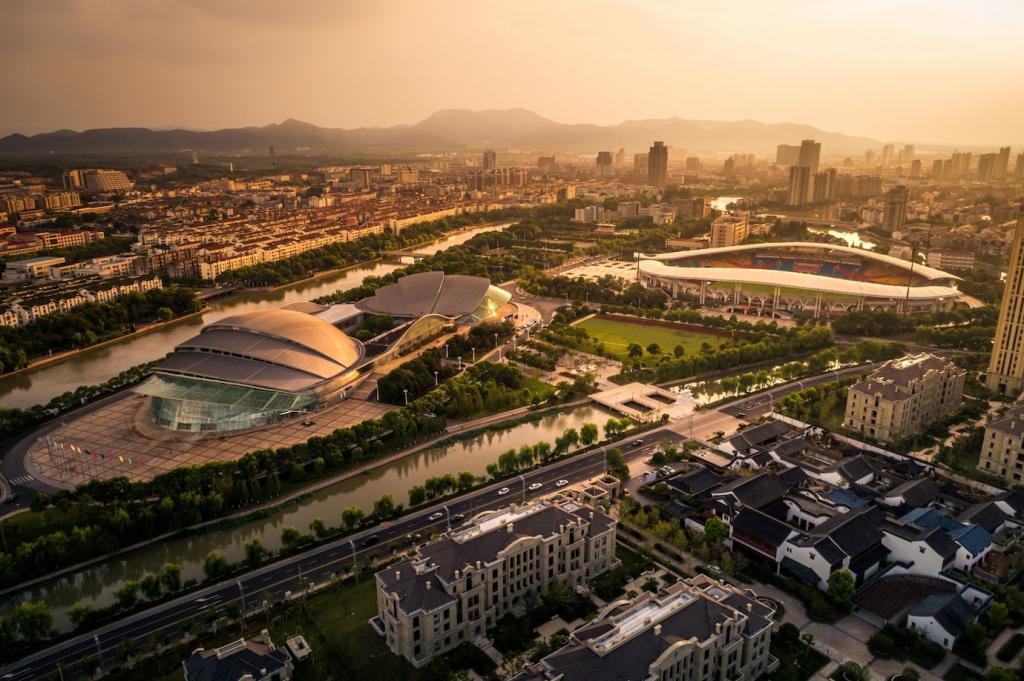Sustainable Energy Policies for Urban Areas
Governance and Regulatory Frameworks
Effective governance structures and regulatory frameworks provide the backbone for urban energy transition. They establish clear targets, timelines, and accountability mechanisms, allowing different city departments and stakeholders to coordinate their efforts. Dynamic governance models enable adaptability to technological advancements and evolving urban needs, ensuring policies remain relevant and impactful over time. Furthermore, strong regulations incentivize clean energy investments while discouraging practices that are counterproductive to sustainability goals.
Long-Term Urban Energy Planning
Comprehensive long-term planning is vital for setting the trajectory of sustainable energy in cities. Planners must anticipate future growth, energy demand, and emerging technologies. Integrating renewable sources, energy efficiency measures, and smart-grid technologies into urban master plans enables cities to proactively manage transitions, avoid infrastructure lock-in, and foster innovation. Strategic energy planning also supports resilience against shocks like extreme weather or supply disruptions, safeguarding urban communities.
Stakeholder Engagement and Public Participation
Policy success in urban areas depends heavily on the engagement of stakeholders, including residents, businesses, utility providers, and community organizations. Encouraging public participation in policy development fosters transparency, builds trust, and produces solutions that reflect the diverse needs of urban populations. Collaborative stakeholder processes not only enhance policy design but also improve compliance, as communities are more likely to support initiatives they helped shape.
Driving Energy Efficiency in Urban Infrastructure
Implementing rigorous building codes and energy standards is essential to ensure new constructions and renovations meet high efficiency benchmarks. These codes require developers to utilize advanced insulation, energy-efficient lighting, and climate-appropriate architectural designs. Such standards not only reduce the operational energy footprint of buildings but also lower long-term energy bills for occupants. Through regular updates, cities can ensure that their codes keep pace with advancing materials and construction technologies, leading to greener and more comfortable urban neighborhoods.

Expanding Renewable Energy in Cities
Urban Solar Initiatives
Urban solar energy projects tap into building rooftops, parking structures, and public spaces to generate clean, local power. By incentivizing rooftop installations, streamlining permitting processes, and developing community solar programs, cities can make solar energy accessible to businesses and households alike. Urban solar not only decreases central grid dependency but also creates local jobs and fosters environmental stewardship. Strategic urban planning maximizes solar potential while addressing unique spatial and technical challenges of city environments.
Integrating Renewable Energy into City Grids
Bringing renewable energy into urban grids involves overcoming technical, regulatory, and financial barriers. Forward-thinking policies encourage utilities to procure more renewable power, invest in grid upgrades, and facilitate distributed energy resources. Integration enables smoother variability management and reliable service while meeting growing electricity demand. Through energy storage solutions and demand response programs, cities can optimize the use of renewable power, ensuring stable and affordable access for urban consumers.
Supporting Innovative Clean Energy Projects
Cities serve as test beds for innovative clean energy projects, from microgrids and waste-to-energy plants to geothermal and hydroelectric pilots. Supportive policies—such as grants, pilot programs, and public-private partnerships—spur research and commercial deployment of new technologies. By championing innovation, cities can attract investment, create skilled jobs, and lead by example in the global transition to a low-carbon economy. Highlighting local success stories strengthens public support and encourages neighboring regions to embark on similar initiatives.
